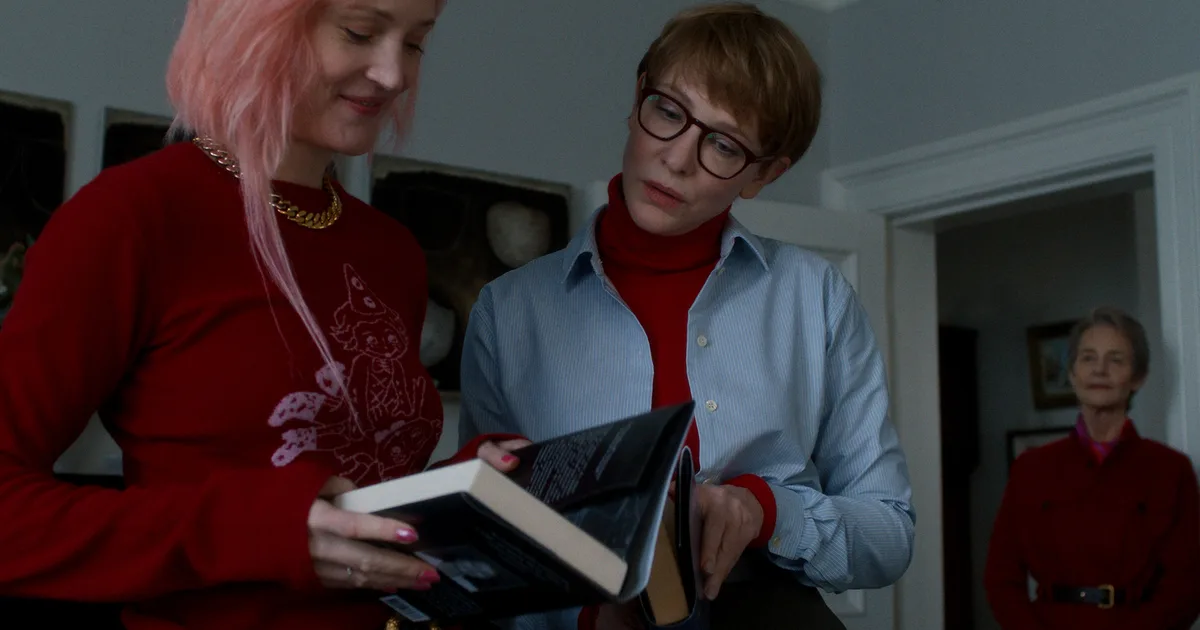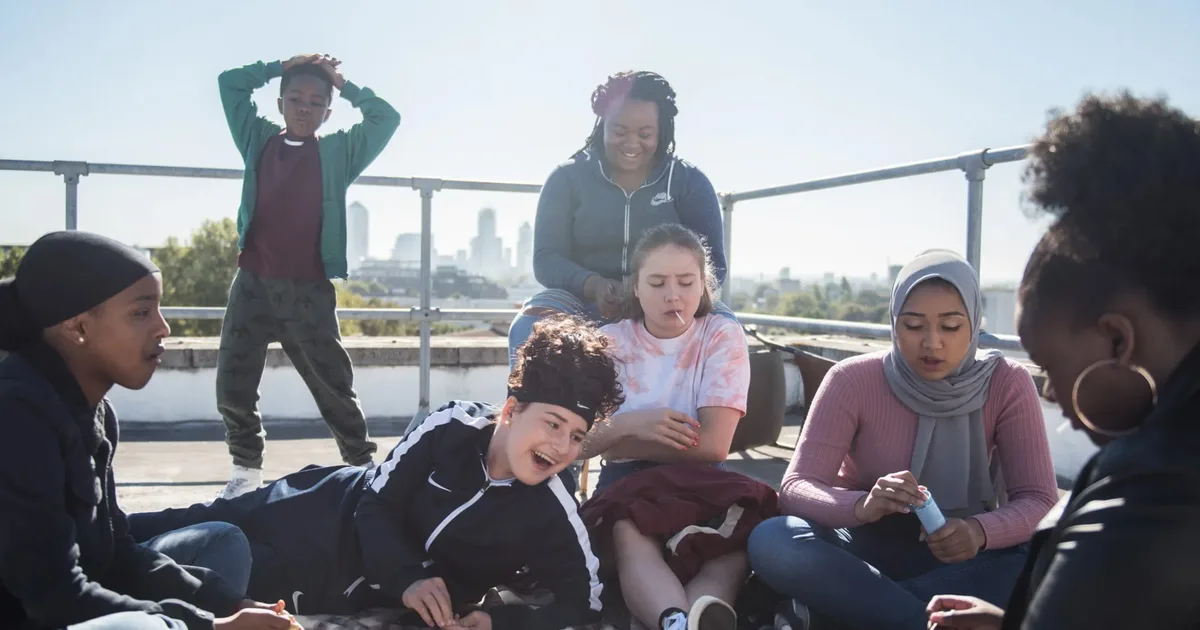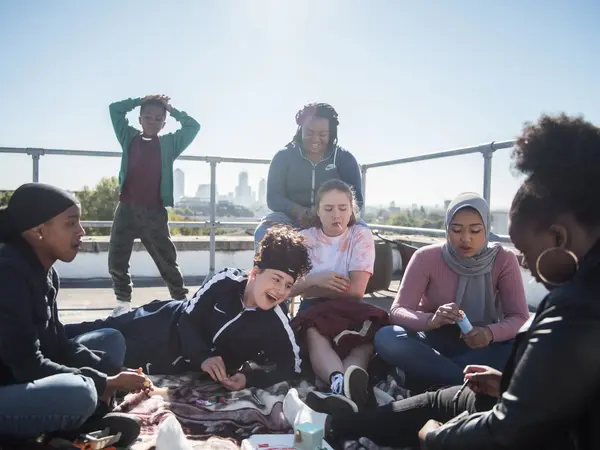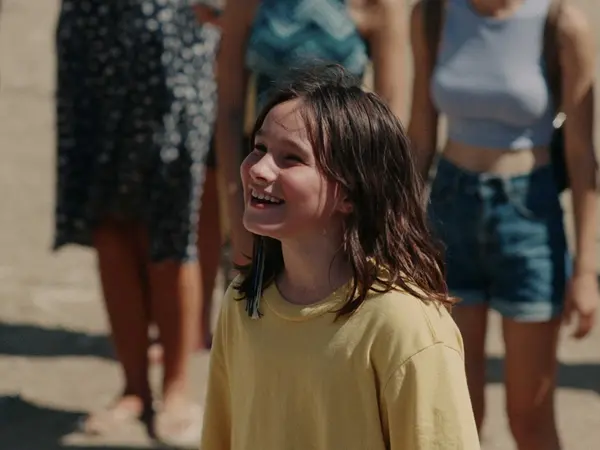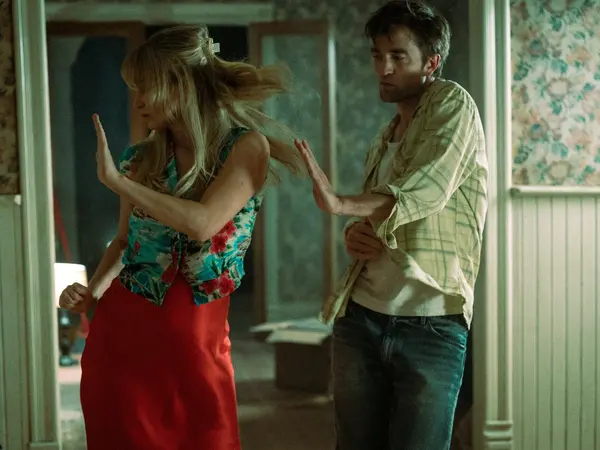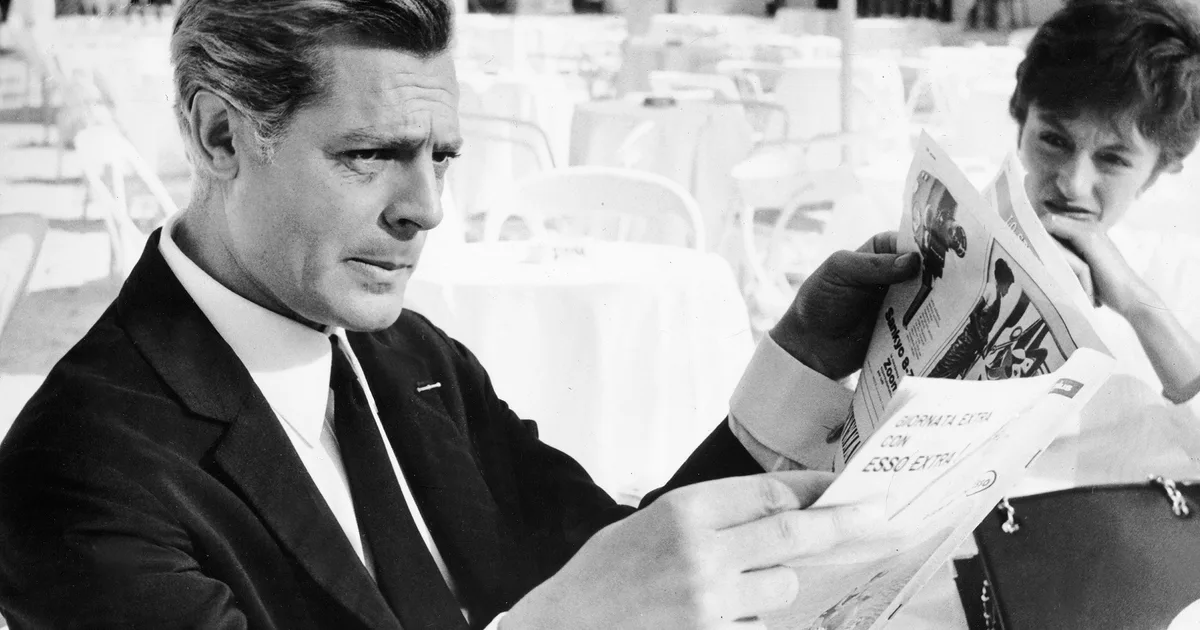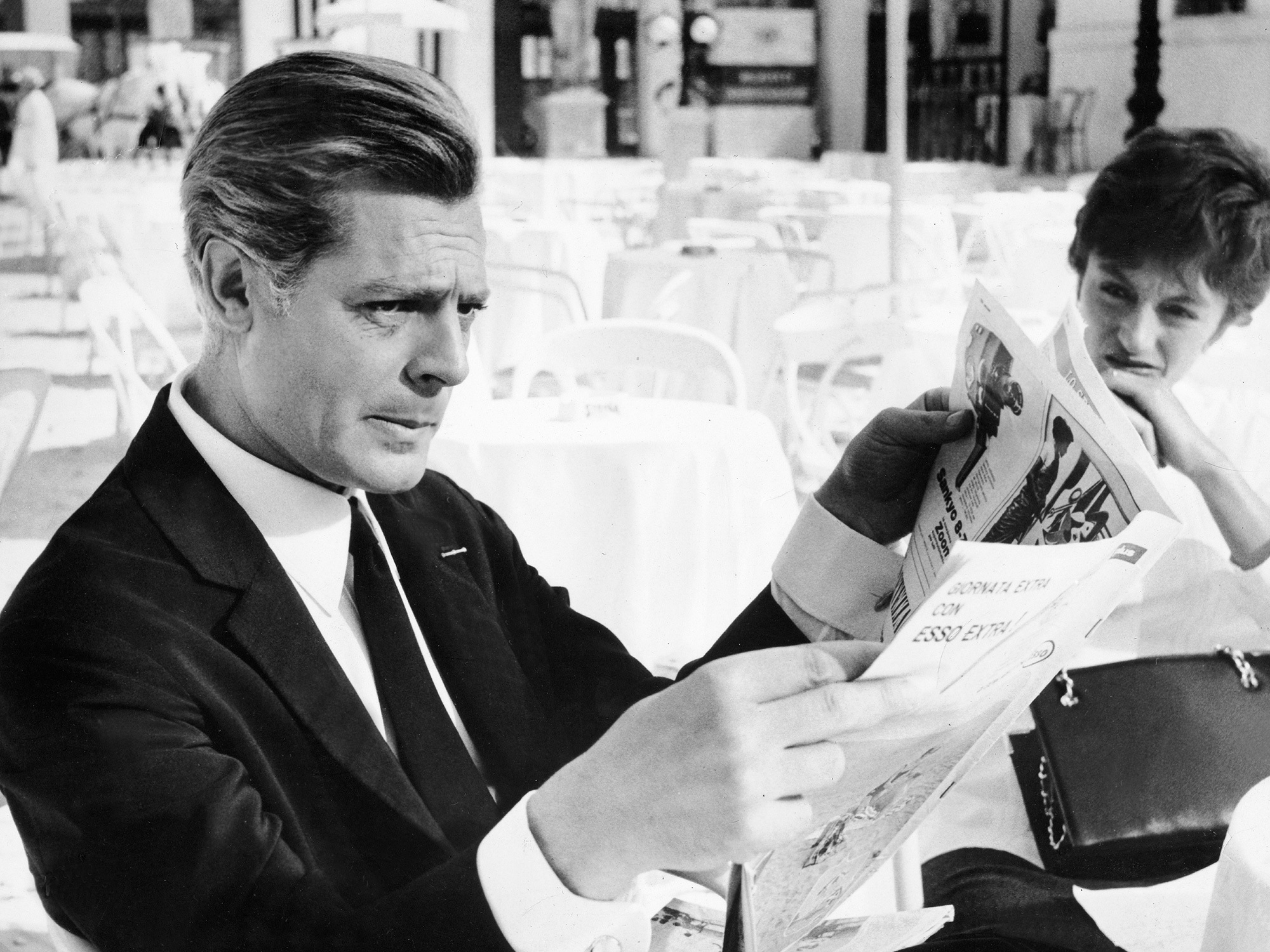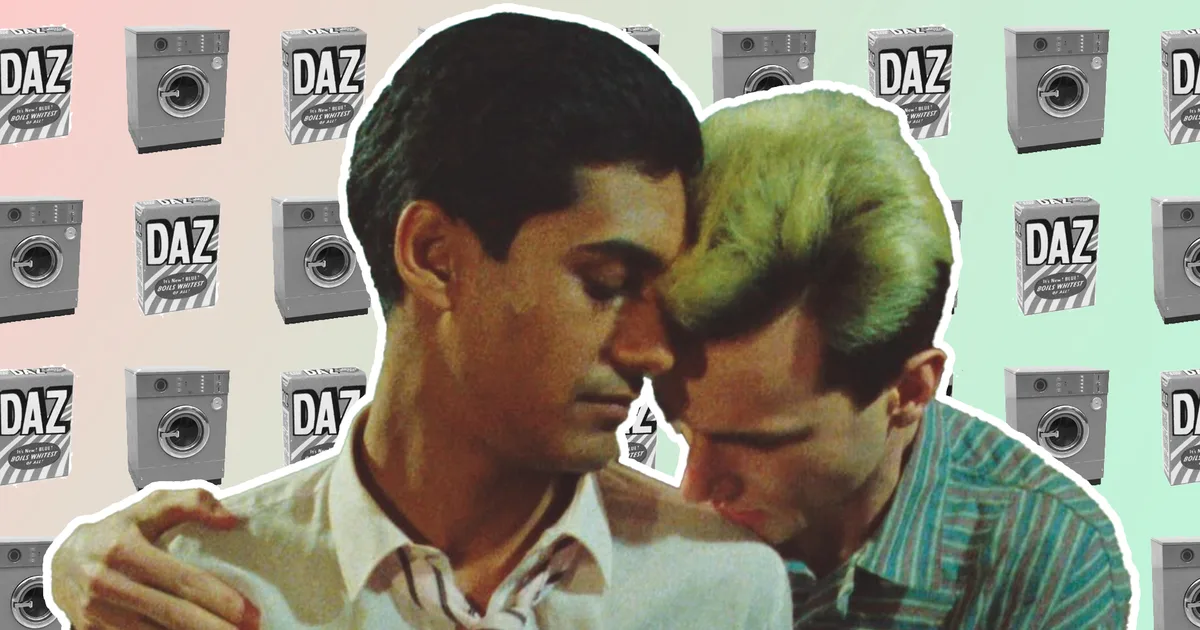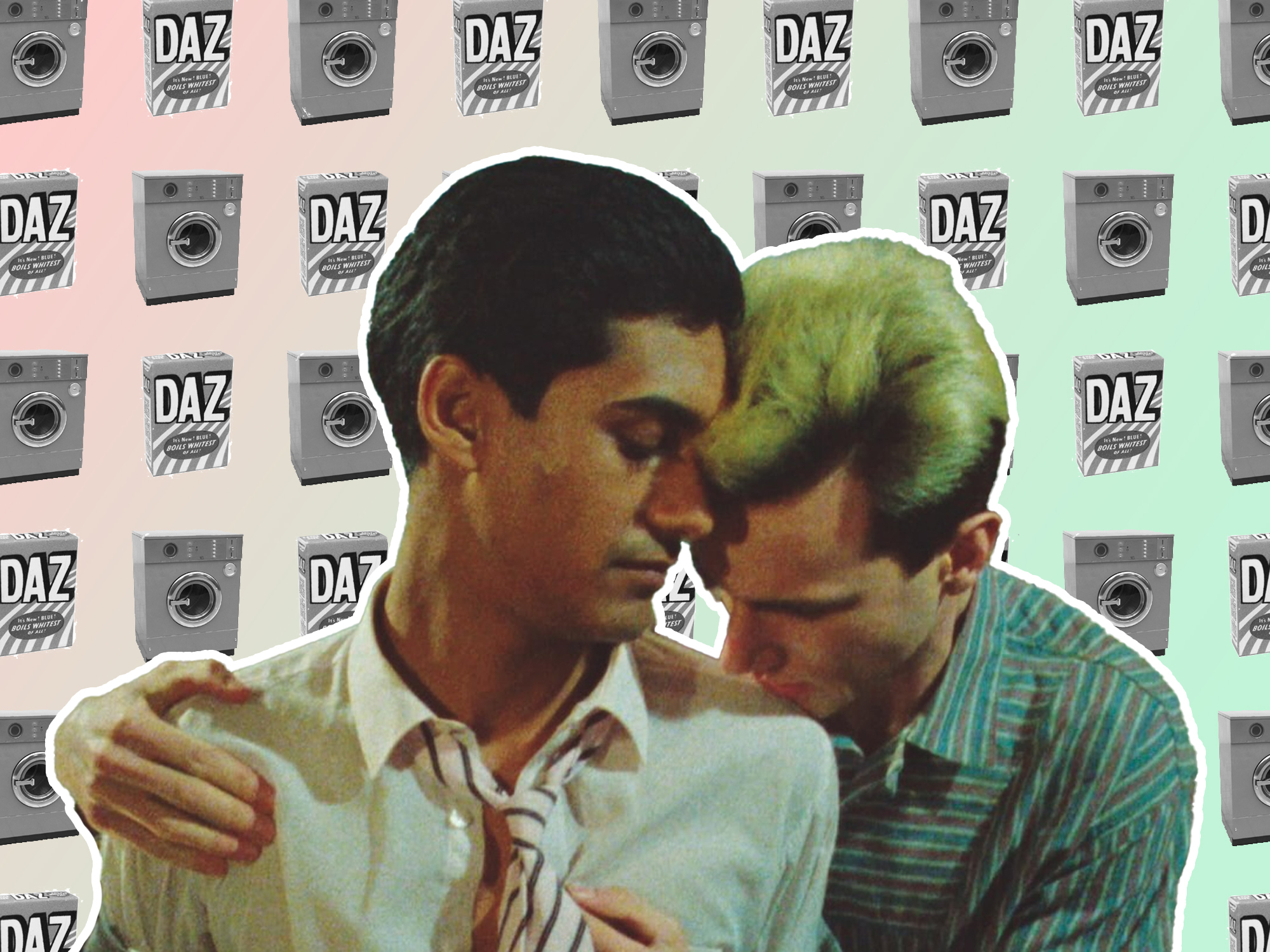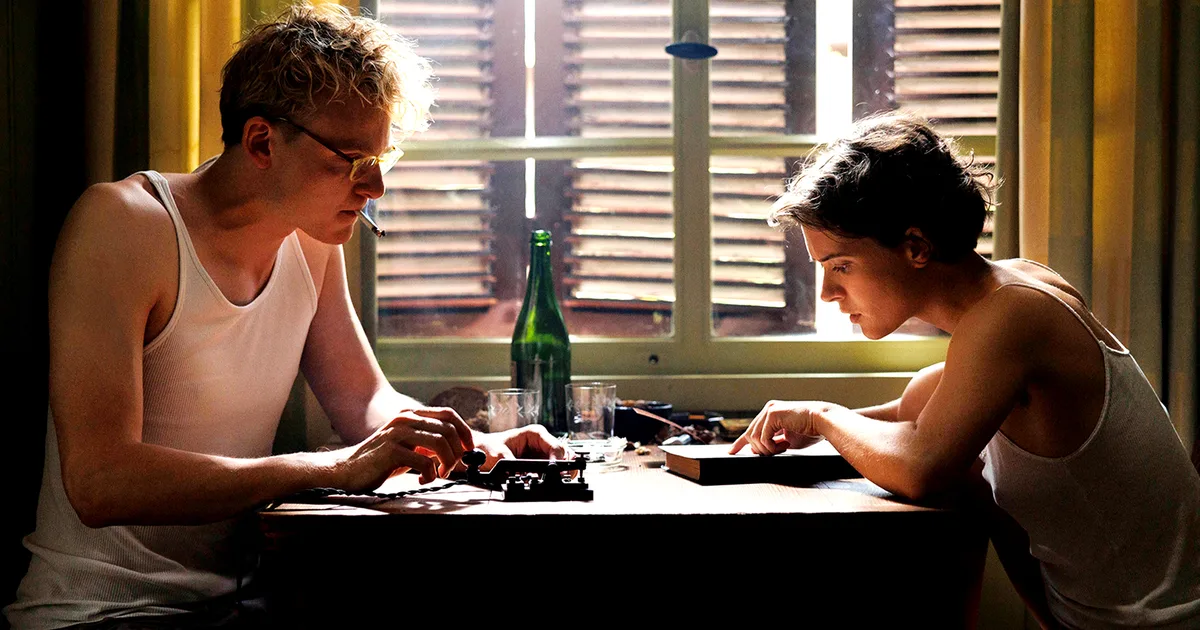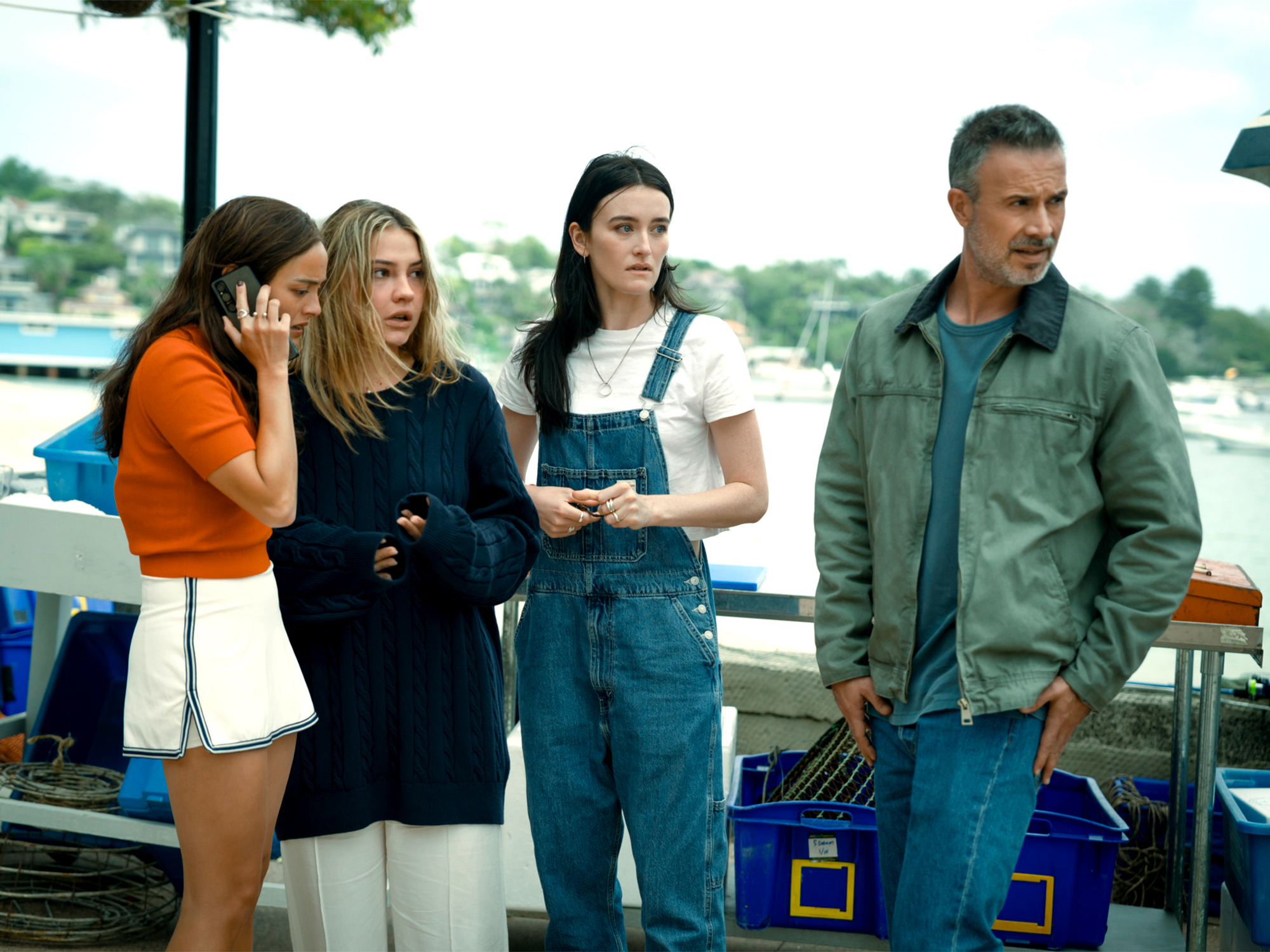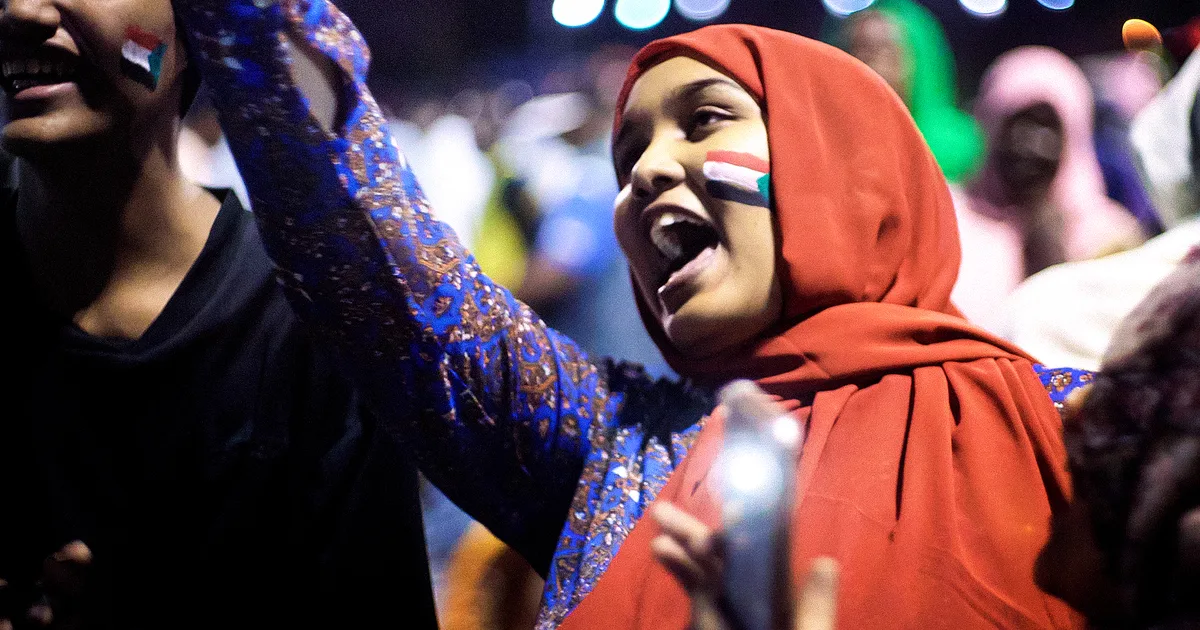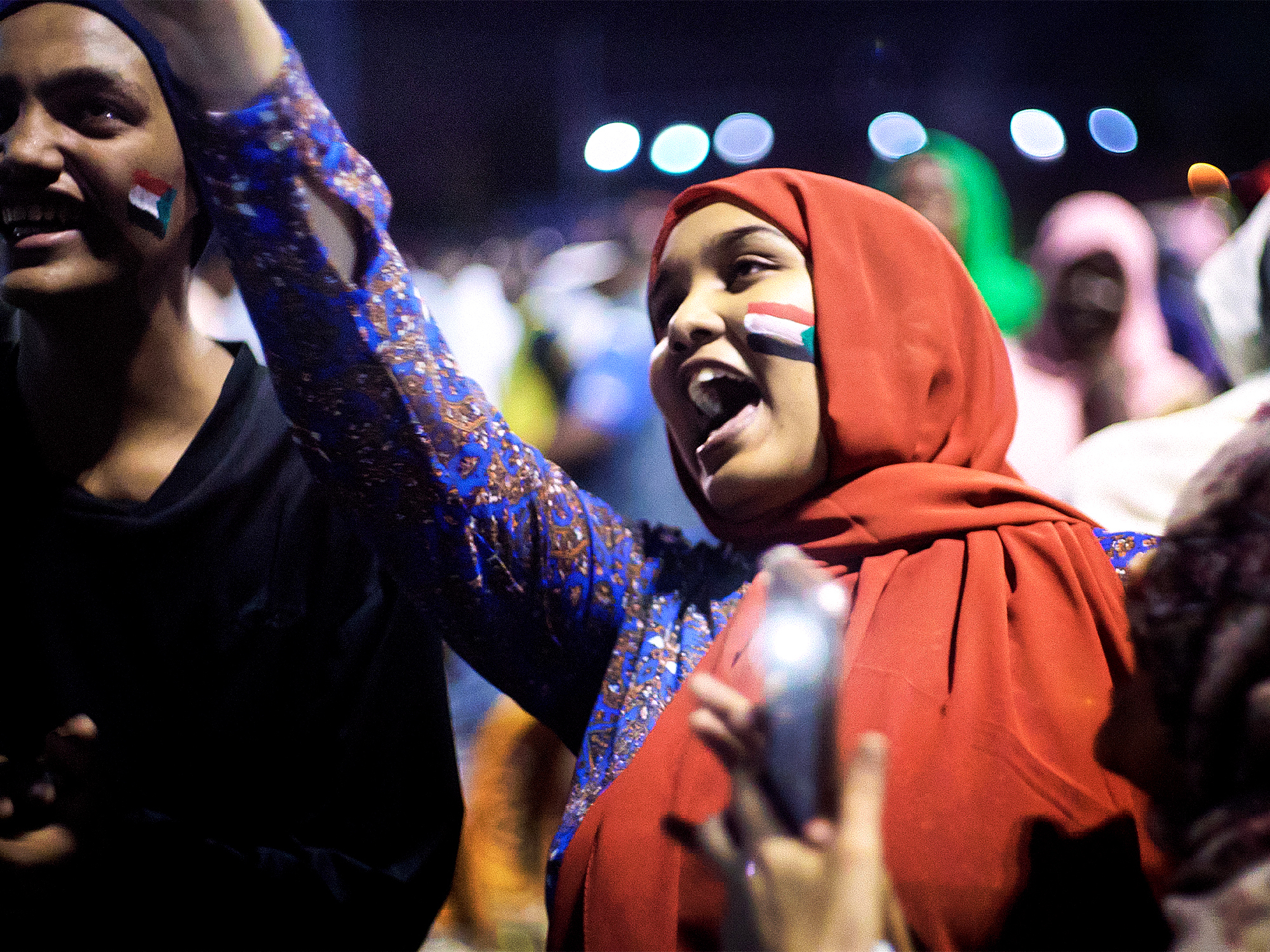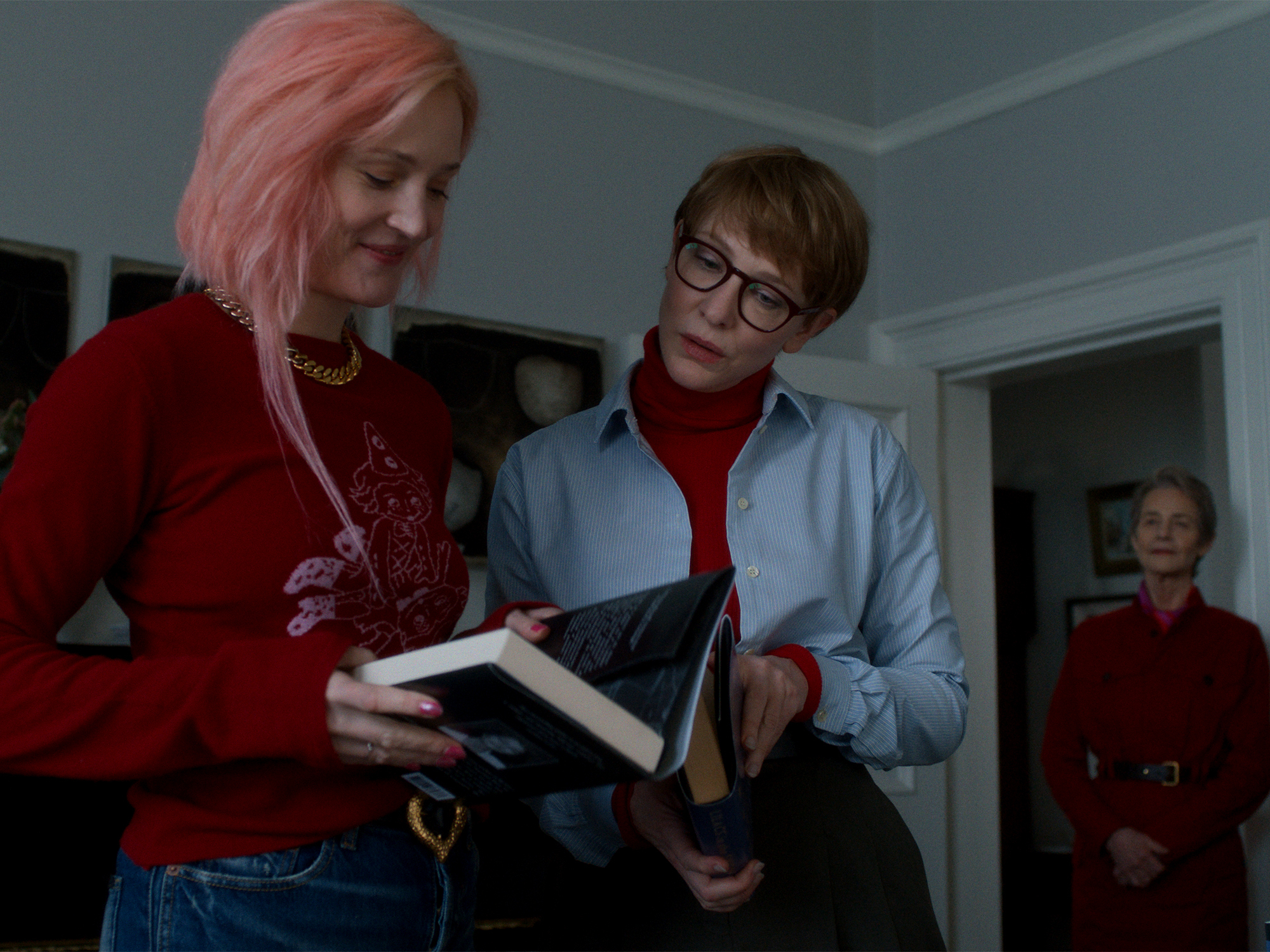
The FOMO is going to be very real and very hard for anyone who doesn’t happen to be headed to the Lido this year to sample the delectable delights of the annual Venice Film Festival. One upshot of the Cannes beef with Netflix is that all the streamer’s heavy-hitters tend to come later in the year, right at the door to the vaunted and ever-extending awards season corridor. And this year, it seems as if they’ve got a number of major titles competing against one another in the big race for the Golden Lion (won last year by Pedro Almodovar for The Room Next Door).
Guillermo del Toro’s Frankenstein, Kathryn Bigelow’s A House of Dynamite, and Benny Safdie’s The Smashing Machine will all be representing the big red N this year, and with this many quality horses in the race, how can you lose? We’re also very excited for the new one by Jim Jarmusch (Father Mother Sister Brother, that was mooted for Cannes but never quite made it), Bugonia by Yorgos Lanthimos and No Other Choice by Park Chan-wook. Of the deep-cuts (and there are many!), we’re excited for the return in the out of competition doc strand of the great Lucrecia Martel, and there’s also a new film from Laura Poitras also. And one of Britain’s finest, Mark Jenkin, will be representing with his new one, Rose of Nevada, in the Horizons strand.
Get more Little White Lies
But take a look below at this full feast of a line-up and let us know what you’re looking forward to catching?
Competition
La Grazia (Paolo Sorrentino)
The Wizard of the Kremlin (Olivier Assayas)
Jay Kelly (Noah Baumbach)
The Voice of Hind Rajab (Kaouther Ben Hania)
A House of Dynamite (Kathryn Bigelow)
The Sun Rises On Us All (Cai Shangjun)
Frankenstein (Guillermo Del Toro)
Elisa (Leonardo Di Constanzo)
À Pied d’Oeuvre (Valérie Donzelli)
Silent Friend (Ildikó Enyedi)
The Testament of Ann Lee (Mona Fastvold)
Father Mother Sister Brother (Jim Jarmusch)
Bugonia (Yorgos Lanthimos)
Duse (Pietro Marcello)
Un Film Fatto Per Bene (Franco Maresco)
Orphan (Laszlo Nemes)
L’Étranger (The Stranger) (François Ozon)
Eojjeol Suga Eopda (No Other Choice) (Park Chan-wook)
Sotto Le Nuvole (Gianfranco Rosi)
The Smashing Machine (Benny Safdie)
Nühai (Girl) (Shu Qi)
Out of Competition — Fiction
Boşluğa Xütbə (Sermon to the Void) (Hilal Baydarov)
L’Isola di Andrea (Antonio Capuano)
Il Maestro (Andrea Di Stefano)
After the Hunt (Luca Guadagnino)
Hateshinaki Scarlet (Mamoro Hosoda)
Den Sidste Viking (The Last Viking) (Anders Thomas Jensen)
Chien 51 (Cédric Jimenez)
In the Hand of Dante (Julian Schnabel)
La Valle Dei Sorrisi (Paolo Strippoli)
Dead Man’s Wire (Gus Van Sant)
Orfeo (Virgilio Villoresi)
Out of Competition — Non Fiction
Kabul, Between Prayers (Aboozar Amini)
Ferdinando Scianna — Il Fotografo Dell’Ombra (Roberto Andò)
Marc by Sofia (Sofia Coppola)
I Diari di Angela — Noi Due Cineaste. Capitolo Terzo (Yervant Gianikian and Angela Ricci Lucchi)
Ghost Elephants (Werner Herzog)
Baba Wa Al-Qadhafi (My Father and Qaddafi) (Jihan K)
The Tale of Sylian (Tamara Kotevska)
Nuestra Tierra (Lucrecia Martel)
Remake (Ross McElwee)
Kim Novak’s Vertigo, Alexandre Philippe
Cover-Up (Laura Poitras and Mark Obenhaus)
Broken English (Jane Pollard and Iain Forsyth)
Zapiski Nastoyashego Prestupnika (Notes of a True Criminal) (Alexander Rodnyansky and Andriy Alferov)
Director’s Diary, Aleksander Sokurov
Hui Jia (Back Home) (Tsai Ming-liang)
